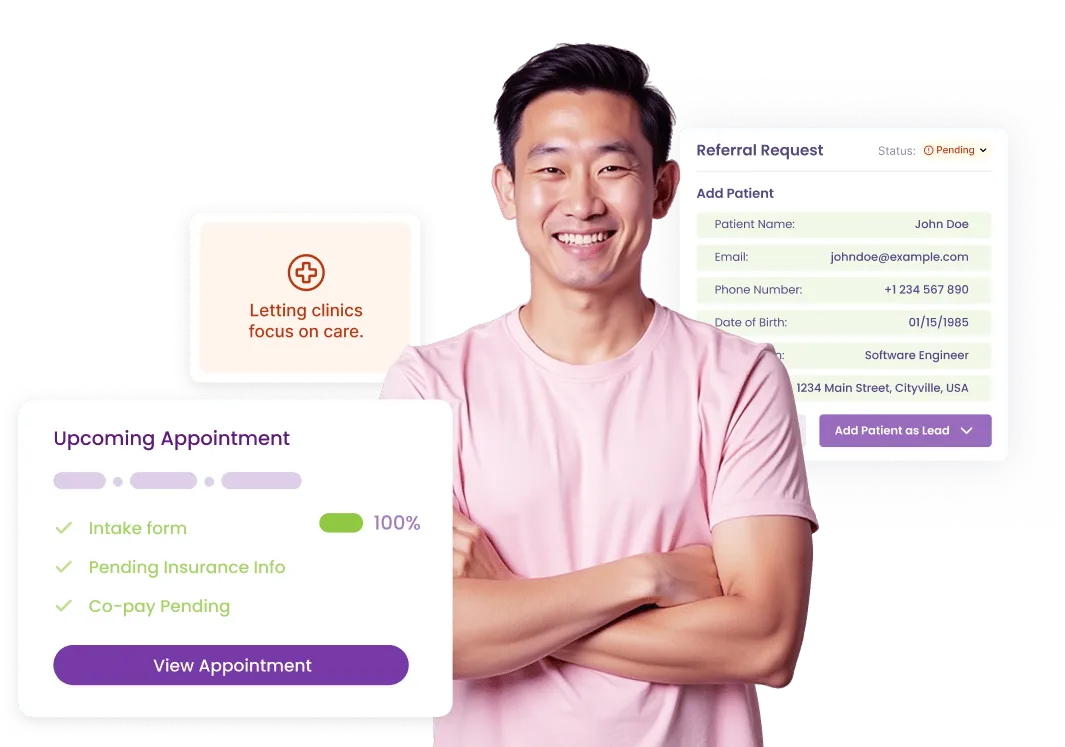99496 – Care Management / Collaborative Care Service
CPT code 99496 represents a distinct mental or behavioral health service, including evaluation, therapy, or care coordination.
What is CPT
99496
?
99496 is a CPT code specifically designated for collaborative care management services, primarily utilized in behavioral health settings. This entry provides in-depth insights into the clinical applications of this code, the expectations surrounding documentation, and critical payer considerations. Providers are encouraged to ensure that clinical notes are aligned with evidence-based interventions, explicitly recording treatment goals, the specific interventions employed, and measurable patient progress. When billing for services under this code is time-based, it is essential to document the start and stop times to substantiate the billed duration effectively.

Documentation Tips
To ensure compliance and reduce audit risk, it is crucial to document start and stop times when billing for time-based psychotherapy services. Record the therapeutic modality used or the assessment instrument applied, the clinical focus of the session, patient responses, and a comprehensive follow-up plan. For instances involving scored assessment instruments, retain copies of the completed tools to provide evidence of their use. In telehealth scenarios, document patient consent and the platform utilized for the session. Utilizing a consistent SOAP (Subjective, Objective, Assessment, Plan) or DAP (Data, Assessment, Plan) format can significantly enhance audit readiness and streamline documentation processes.

At a Glance
- Service Type: Care Management
- Use Case: Collaborative Care
- Typical Setting: Outpatient clinic or telehealth (subject to payer policy)
- Billing Unit: Per session / per instrument (varies by code)
- Common Pairings: 90791, 96127, psychotherapy codes
Billing Examples
Clinical interactions must consistently connect findings to treatment planning and clearly defined measurable goals. For instance, if a clinician utilizes the 99496 code during a collaborative care session, documentation should reflect the clinical necessity of the service rendered. For example, a provider might document: 'During the session, the patient reported increased anxiety levels related to work stress. Interventions included cognitive-behavioral techniques aimed at anxiety reduction, with a measurable goal of self-reporting a reduction in anxiety by 30% over the next month. The patient expressed understanding of the strategies discussed and agreed to implement them. Follow-up is scheduled for two weeks to assess progress.' Such documentation not only supports the use of the code but also highlights the therapeutic relationship and clinical necessity.
Compliance Guidelines
- Always verify payer coverage and authorization requirements before submitting a claim.
- Document medical necessity clearly, linking all services provided to relevant ICD-10 diagnoses.
- Utilize appropriate modifiers where required, such as modifier 95 for telehealth services.
- Avoid upcoding; ensure that the code selected accurately reflects the documented time and level of service provided.
- Conduct periodic audits of documentation practices to minimize claim denials and enhance the quality of clinical documentation.
Common ICD-10 Codes
Helpful links for mental health billing and documentation
- F32.1
- F33.9
- Z63.5
- F41.9
Additional Resources
Helpful links for mental health billing and documentation
Related CPT Codes
Helpful links for mental health billing and documentation
Got questions? We’ve got answers.
Need more help? Reach out to us.
Q1: What is the purpose of this code?
A: CPT code 99496 is specifically used when clinical activities align with the defined parameters of this code. It is essential that documentation supports the services billed to ensure compliance.
Q2: Is telehealth billing permissible with this code?
A: Yes, many payers cover telehealth services when the session is conducted synchronously, provided that all necessary modifiers and consent forms are accurately documented. Always consult individual payer policies to confirm.
Q3: What specific documentation might payers request?
A: Payers may request details such as the time spent on the service, specific therapeutic techniques or assessment tools utilized, patient responses, and how the services correlate with a covered ICD-10 diagnosis.
Q4: Can this code be billed alongside other services?
A: Yes, but when billing for multiple services, it is crucial to document distinct times and justifications for each service rendered. Utilize add-on codes or adhere to E/M separation rules as applicable.
Q5: What are common reasons for claim denials?
A: Common denial reasons include missing time documentation, insufficient medical necessity justification, incorrect use of modifiers, or billing that exceeds frequency limits set by payers.

